Nightmare! At a GIGANTIC 128 km, NASA Hubble Telescope reveals BIGGEST comet nucleus
The Comet Bernardinelli-Bernstein has the largest known nucleus. The size of the same has been determined by NASA's Hubble Space Telescope and it is huge!
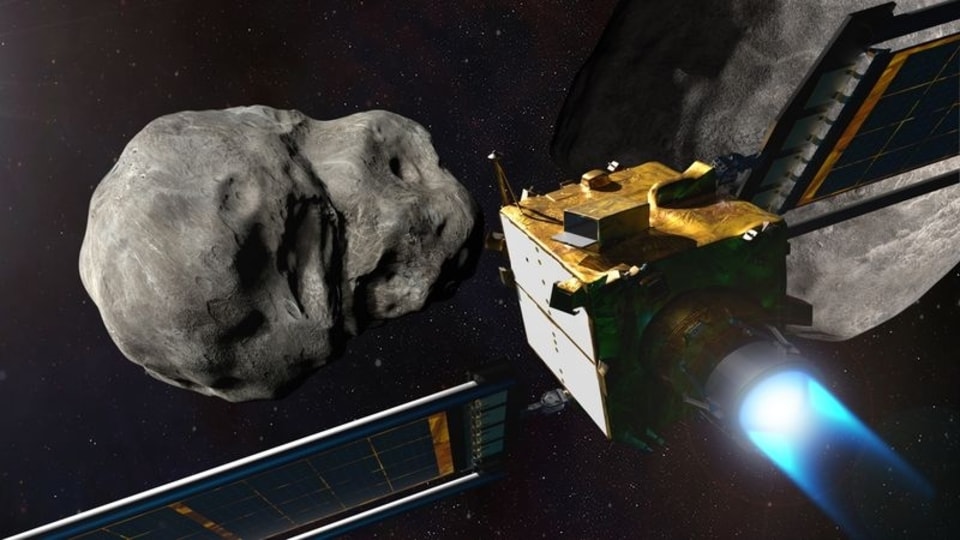
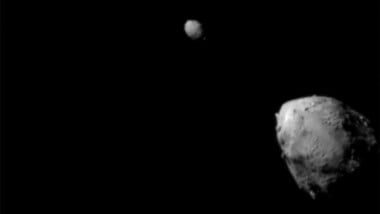
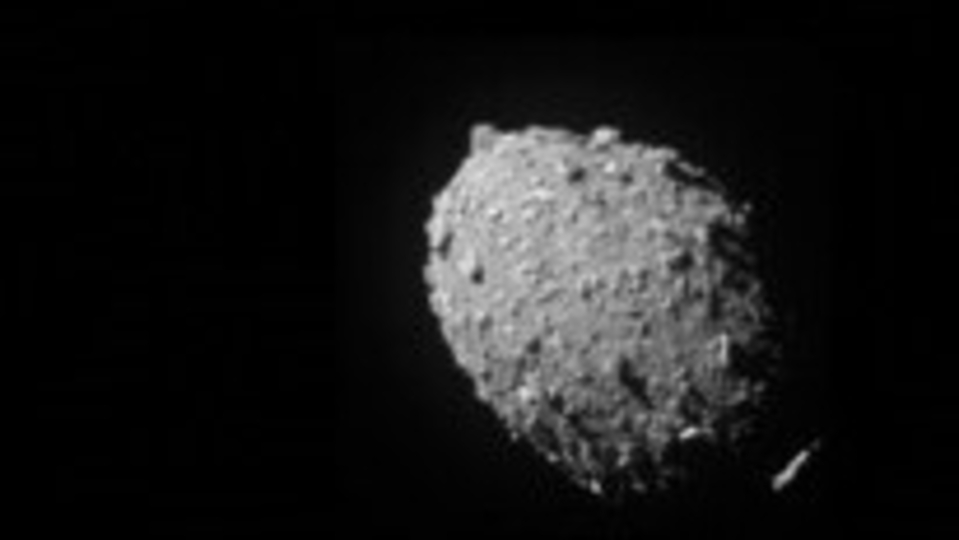
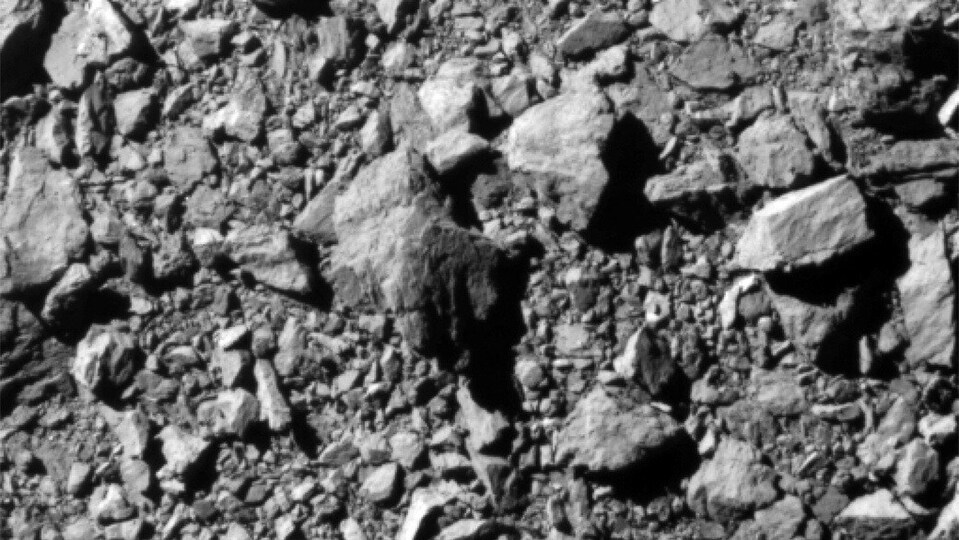
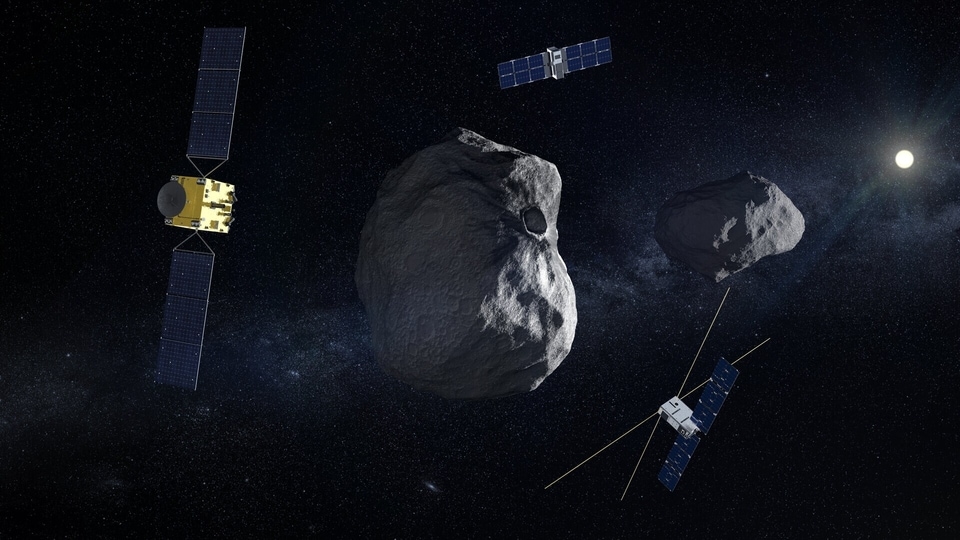
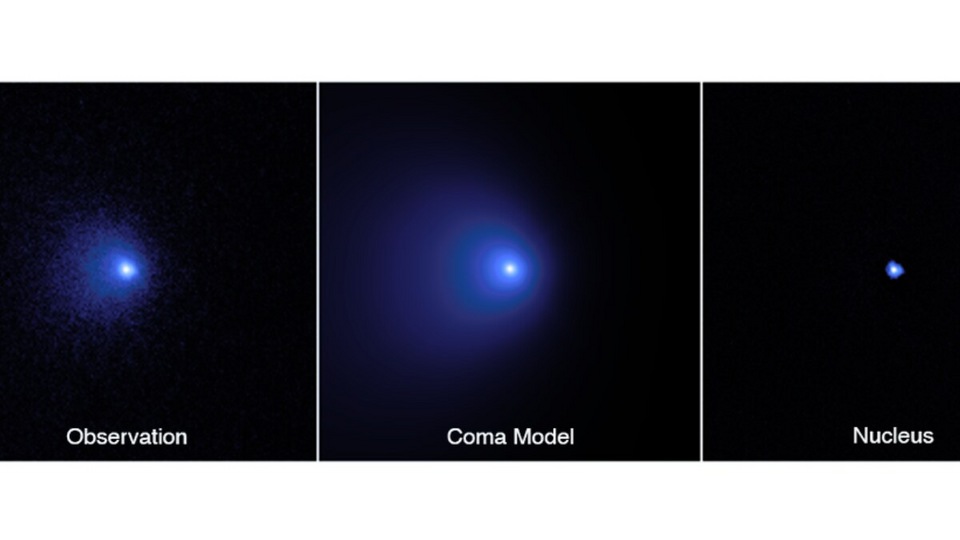
 View all Images
View all ImagesComets may be lovely to look at, but they are very dangerous for planet Earth! That begs the question, what is the biggest comet that hit Earth? According to NASA, the Hubble Space Telescope has confirmed the largest comet nucleus ever seen. It can be known that the nucleus is of Comet C/2014 UN271 (Bernardinelli-Bernstein).
Wondering if the comet Bernardinelli-Bernstein can hit Earth? The comet will not be colliding with the planet on the current pass through the Solar System. However, the future is always unpredictable! Here is all you need to know about the Comet C/2014 UN271 Bernardinelli-Bernstein:
C/2014 UN271 Bernardinelli-Bernstein
NASA's Hubble Space Telescope has determined the size of the largest icy comet nucleus ever seen by astronomers. "The estimated diameter is approximately 128 km across, making it larger than the state of Rhode Island. The nucleus is about 50 times larger than found at the heart of most known comets. Its mass is estimated to be a staggering 500 trillion tons, a hundred thousand times greater than the mass of a typical comet found much closer to the Sun," NASA said.
"The behemoth comet- Bernardinelli-Bernstein is barreling this way at 22,000 miles per hour from the edge of the solar system. But not to worry. It will never get closer than 1 billion miles away from the Sun, which is slightly farther than the distance of the planet Saturn. And that won't be until the year 2031," the research agency informed further.
It can be known that the Comet C/2014 UN271 was discovered by astronomers Pedro Bernardinelli and Gary Bernstein in archival images from the Dark Energy Survey at the Cerro Tololo Inter-American Observatory in Chile. It was first serendipitously observed in November 2010, when it was a whopping 3 billion miles from the Sun, which is nearly the average distance to Neptune. Since then, it has been intensively studied by ground and space-based telescopes.
According to NASA, the comet has been falling toward the Sun for well over 1 million years. It is coming from the hypothesized nesting ground of trillions of comets, called the Oort Cloud. The diffuse cloud is thought to have an inner edge at 2,000 to 5,000 times the distance between the Sun and the Earth. Its outer edge might extend at least a quarter of the way out to the distance of the nearest stars to our Sun, the Alpha Centauri system.
Comet Bernardinelli-Bernstein provides an invaluable clue to the size distribution of comets in the Oort Cloud and hence its total mass. Estimates for the Oort Cloud's mass vary widely, reaching as high as 20 times Earth's mass.
Catch all the Latest Tech News, Mobile News, Laptop News, Gaming news, Wearables News , How To News, also keep up with us on Whatsapp channel,Twitter, Facebook, Google News, and Instagram. For our latest videos, subscribe to our YouTube channel.
































